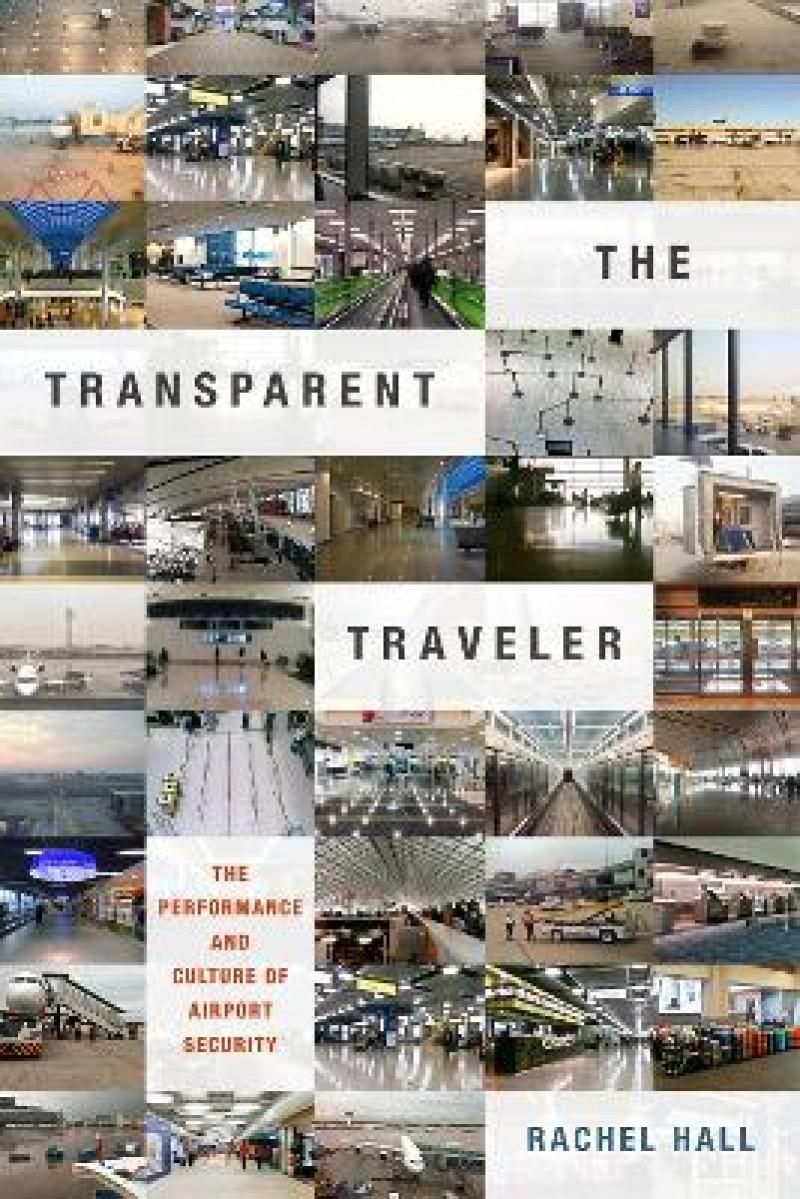"Rachel Hall describes a state of emergency that has probably been normal in the rest of the world since the inception of mass air travel, and to non-Americans, it has a whiff of naivety. Nevertheless, this is an excellent book. As Hall observes, the technological and cultural advances in the area of security have been so great and so rapid in recent years that they constitute a major part of our contemporary lives. Her argument centres on notions of transparency, from its aesthetics in a broadly architectural sense, to transparency in terms of biopolitics, to transparency as performance. She writes persuasively of security as theatre, or as she puts it pithily, "a cultural performance of risk", demanded both by those in authority and their institutions, and their subjects. It couldn't be any other way: without complicity on the part of the consumer, security simply couldn't be enacted in the way that it is."
- Richard J. Williams, Times Higher Education
"Hall’s sharp eye for visuality, combined with this book’s innovative methodology—which cuts across and between different sites, historical moments, and cultural practices in order to tell a compelling story about securitization, ideology, and risk in the contemporary US—makes the book an important read for cultural studies and communication studies scholars at large."
- Bryanne Young, Text and Performance Quarterly
"What this book does excellently is build a picture of the disciplinary power of airport security through a myriad of media texts: this is a book that will appeal to a wide range of scholars, from those in critical surveillance studies to theorists of visual culture, from those interested in the continued relevance of Michel Foucault’s concept of biopolitics to critics of contemporary formations of the neoliberal society, and from scholars in mobility studies to those specifically interested in the space of the airport."
- Justine Shih Pearson, TDR: The Drama Review
Introduction. Rethinking Asymmetrical Transparency: Risk Management, the Aesthetics of Transparency, and the Global Politics of Mobility 1
1. The Art of Performing Consumer and Suspect: Transparency Chic as a Model of Privileged, Securitized Modernity 25
2. Opacity Effects: The Performance and Documentation of Terrorist Embodiment 57
3. Transparency Effects: The Implementation of Full-Body and Biometic Scanners at US Airports 77
4. How to Perform Voluntary Transparency More Efficiently: Airport Security Pedagogy in the Post-9/11 Era 109
5. Performing Involuntary Transparency: The TSA's Turn to Behavior Detection 131
Conclusion. Transparency Beyond US Airports: International Airports, "Flying" Checkpoints, Controlled-Tone Zones, and Lateral Behavior Detection 157
Notes 179
Bibliography 205
Index 219
